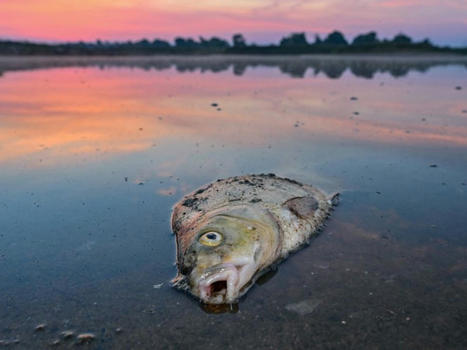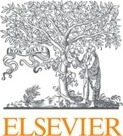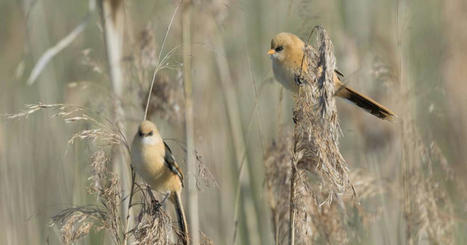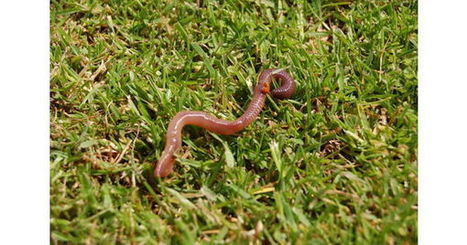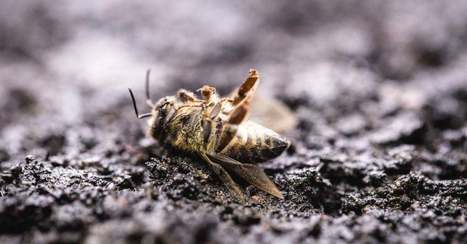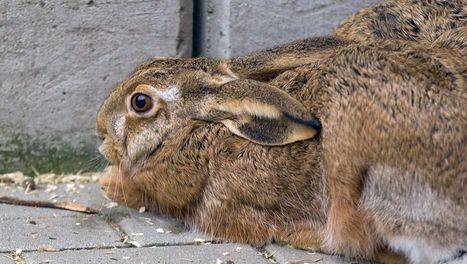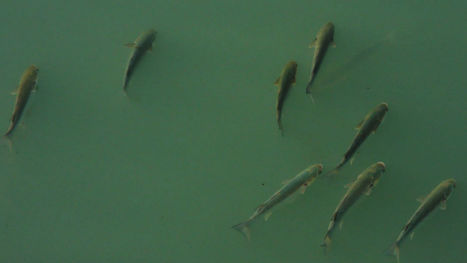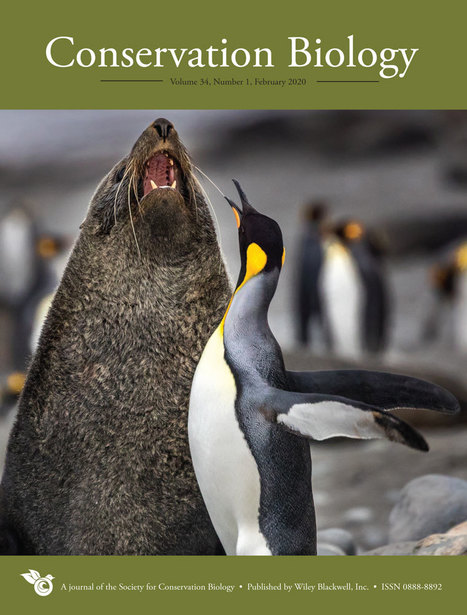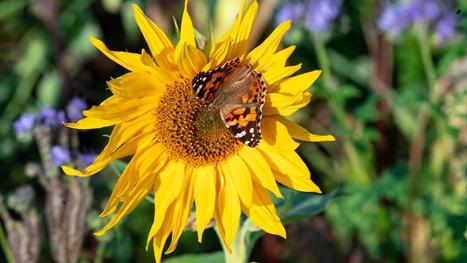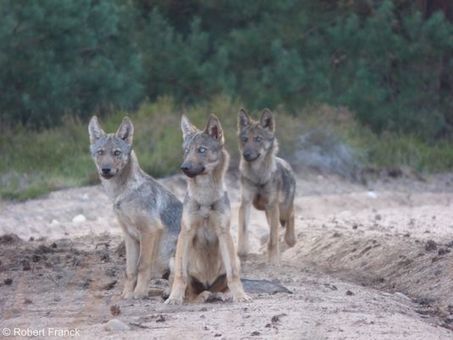Plusieurs études le prouvent : les événements de mortalité massive d'animaux ont augmenté en fréquence et en ampleur depuis le milieu du 20e siècle, parallèlement au changement climatique.
Research and publish the best content.
Get Started for FREE
Sign up with Facebook Sign up with X
I don't have a Facebook or a X account
Already have an account: Login
Revue de presse et du net par le Pôle de partage des connaissances S&T de l'Office français de la biodiversité
Curated by
DocBiodiv
 Your new post is loading... Your new post is loading...
 Your new post is loading... Your new post is loading...
|
|




